
Browse all content tagged with this keyword.
Showing 21 results
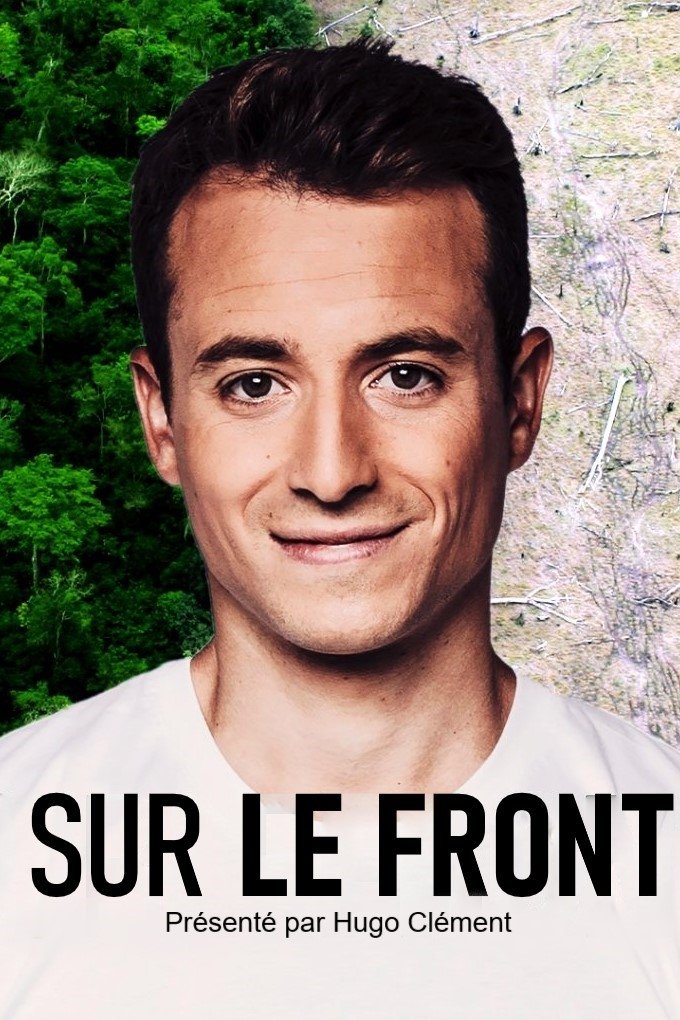

David Attenborough and scientist Johan Rockström examine Earth's biodiversity collapse...
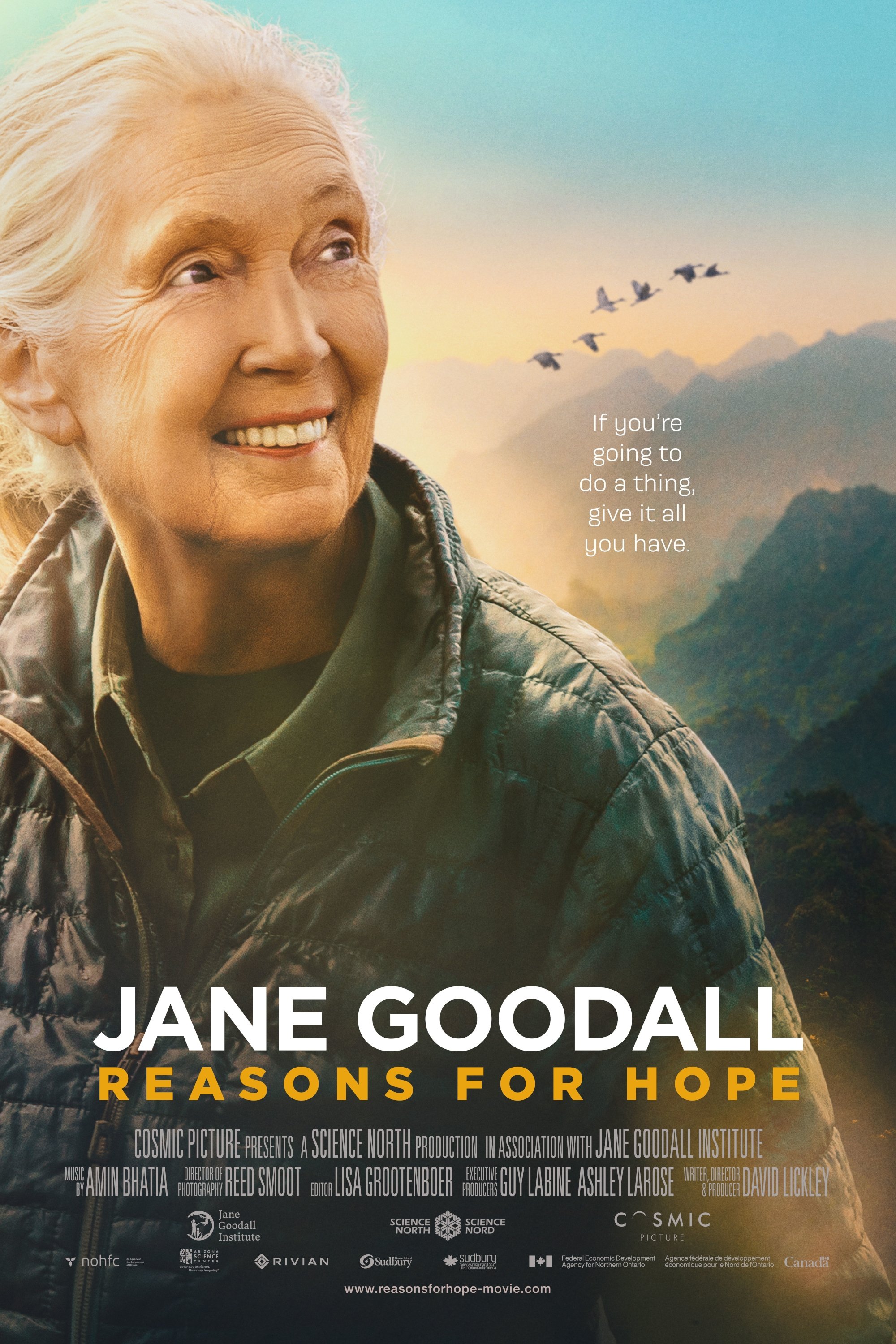
Jane Goodall-Reasons For hope is an uplifting journey with stories...
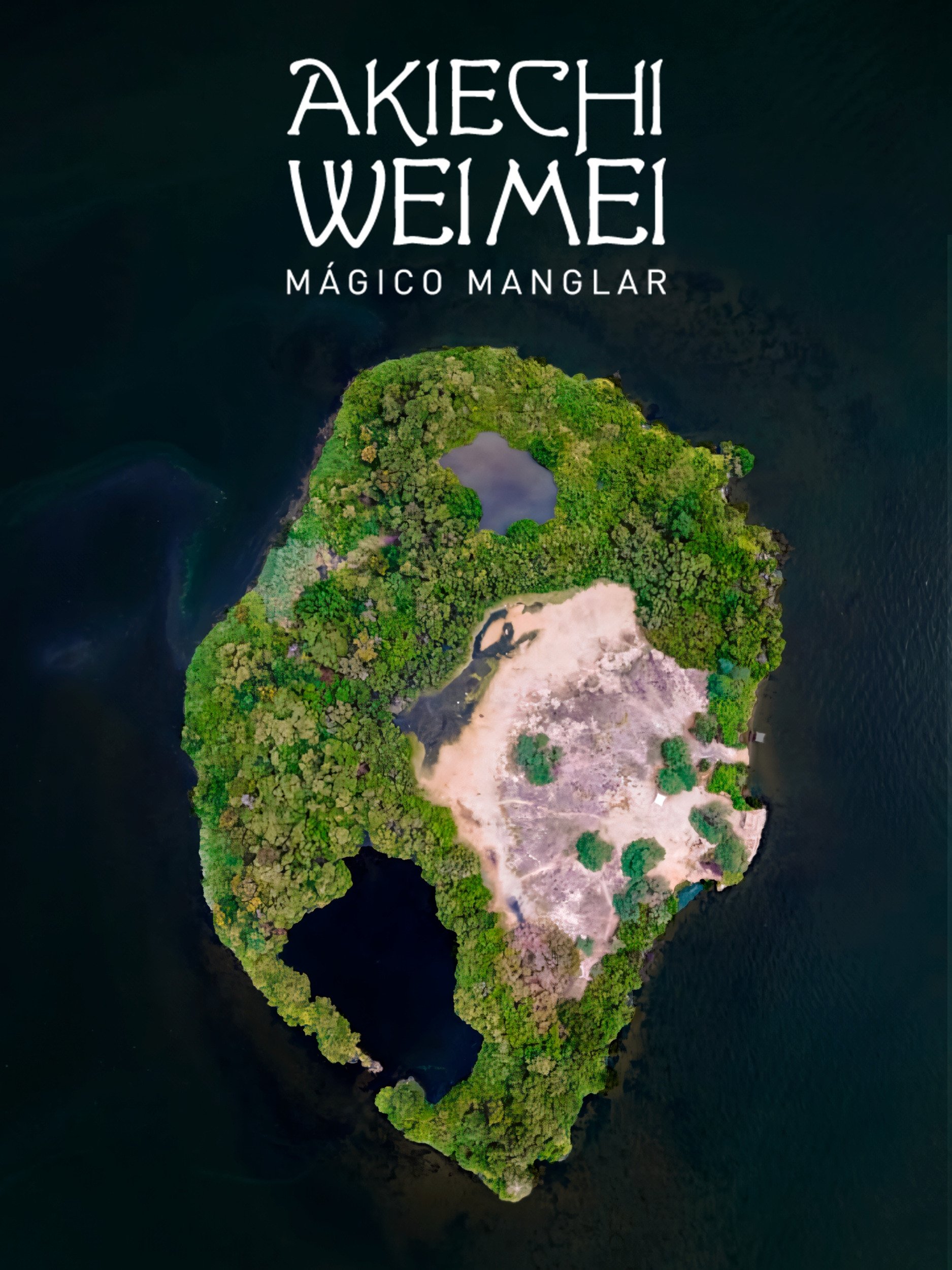
Exploring the history, biodiversity and current affairs of Akiechi Weimei...

„The Fabulous Insects – Beetles“ presents colourful and bizarrely shaped...
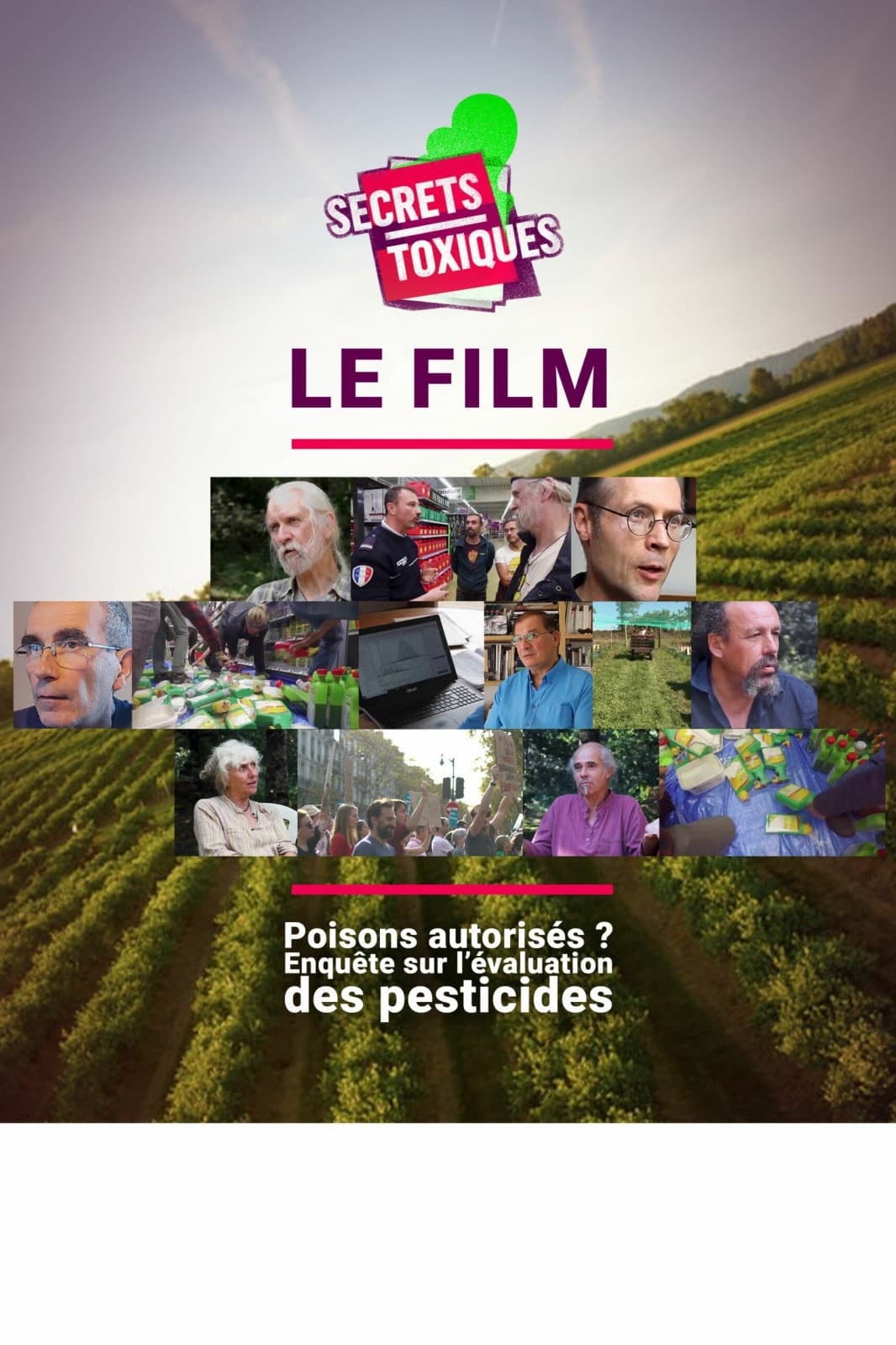
Increase of chronic diseases, loss of biodiversity, extinction of bees......
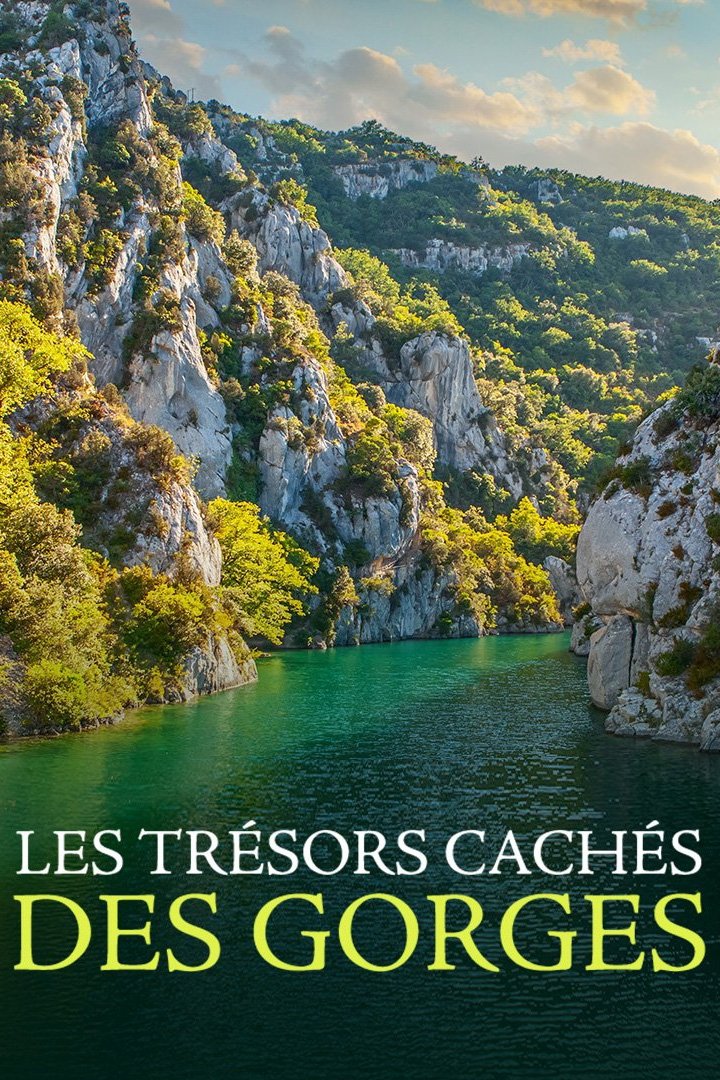
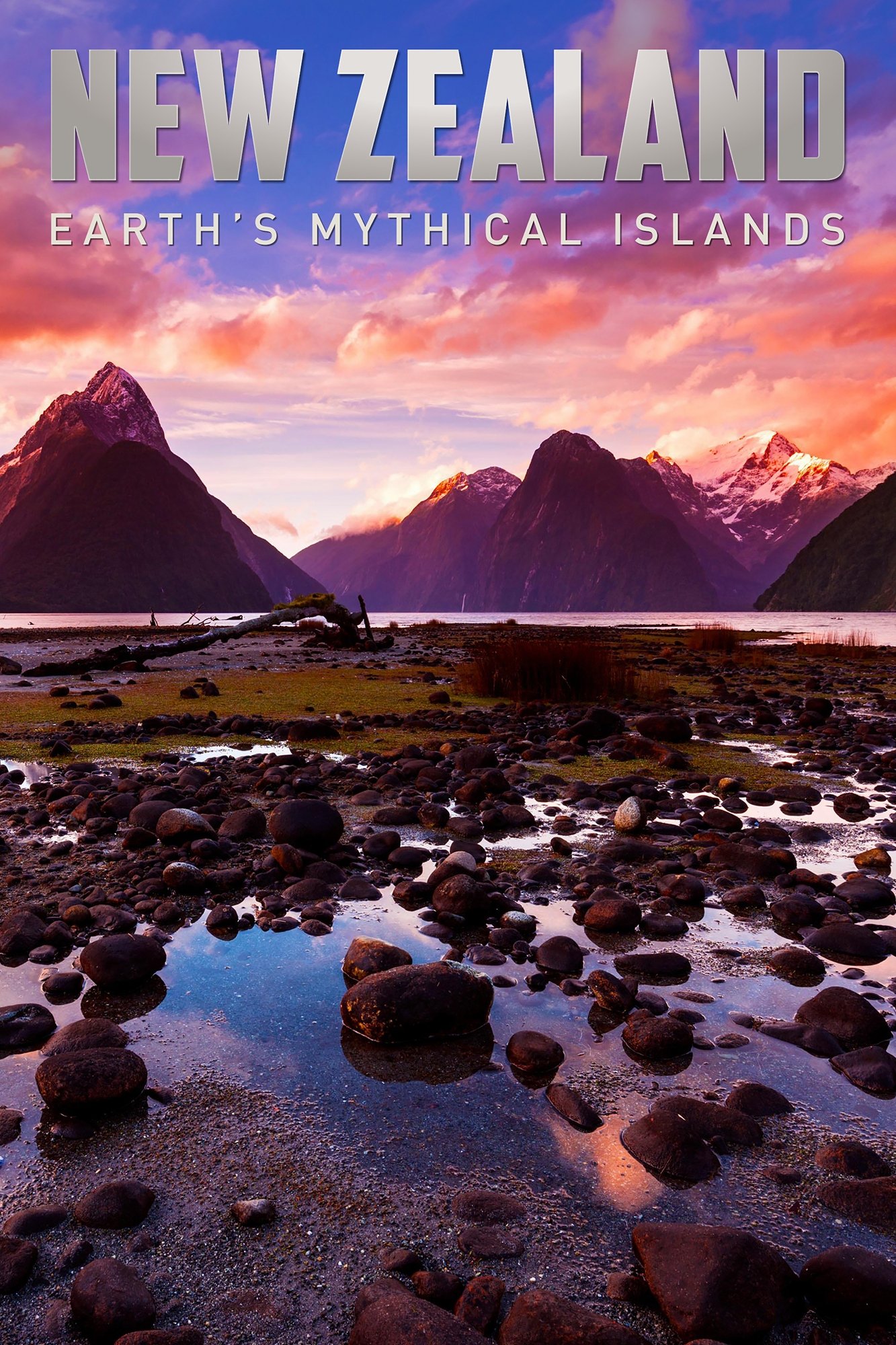
Isolated since the time of the dinosaurs, New Zealand’s wildlife...
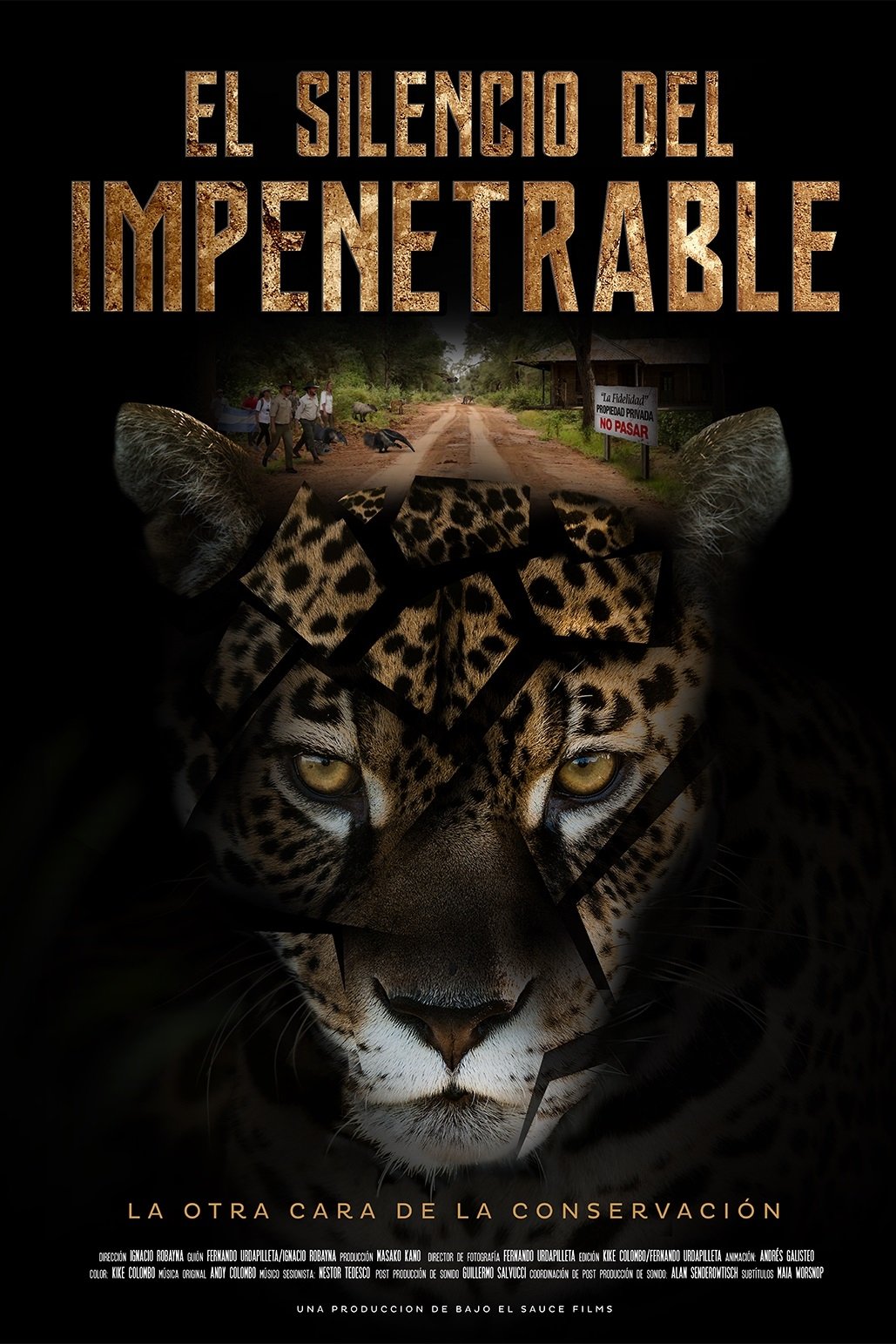
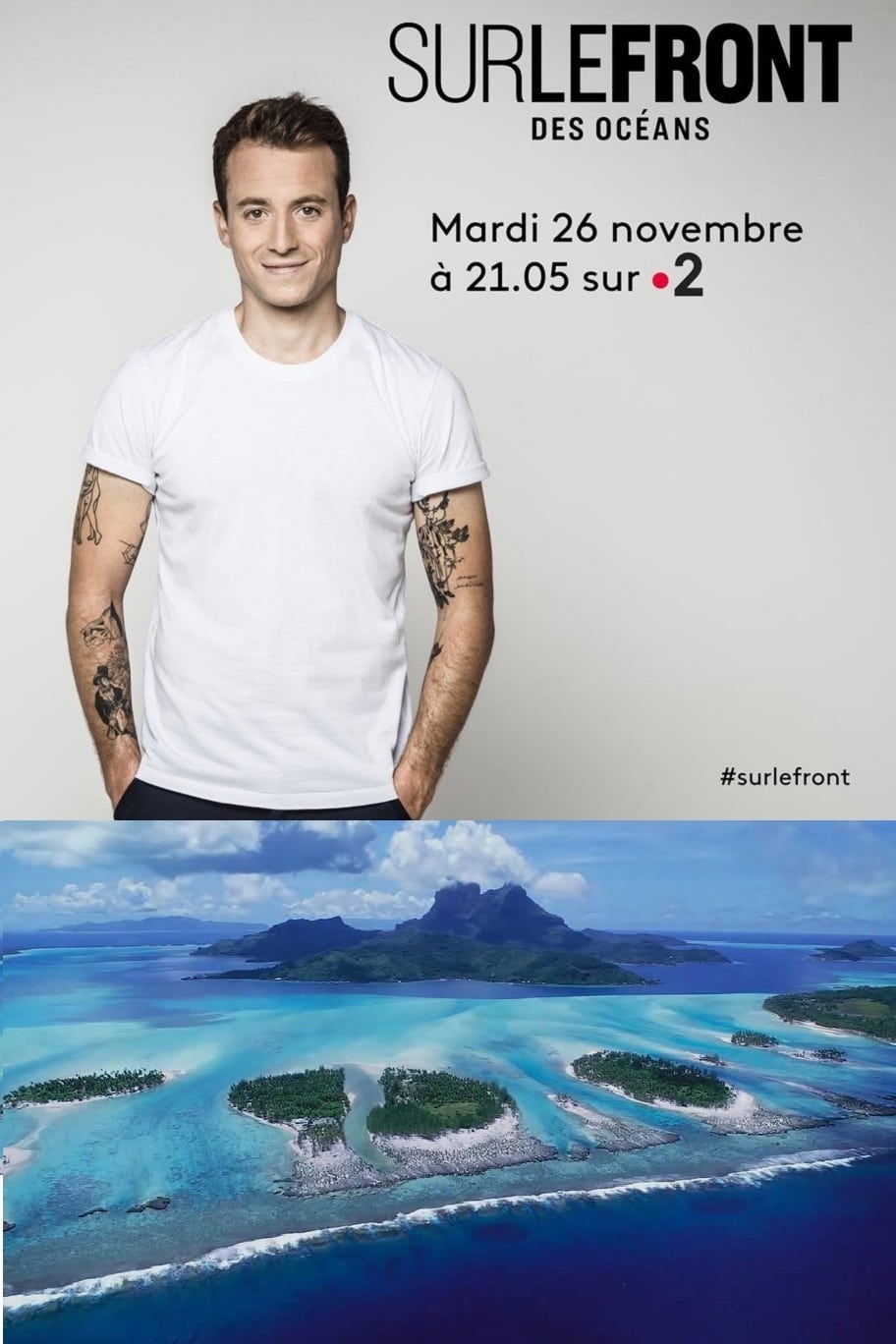


Discusses the tundra biome, highlighting its extreme climate characterized by...
Discusses the temperate deciduous forest biome, highlighting its seasonal changes...